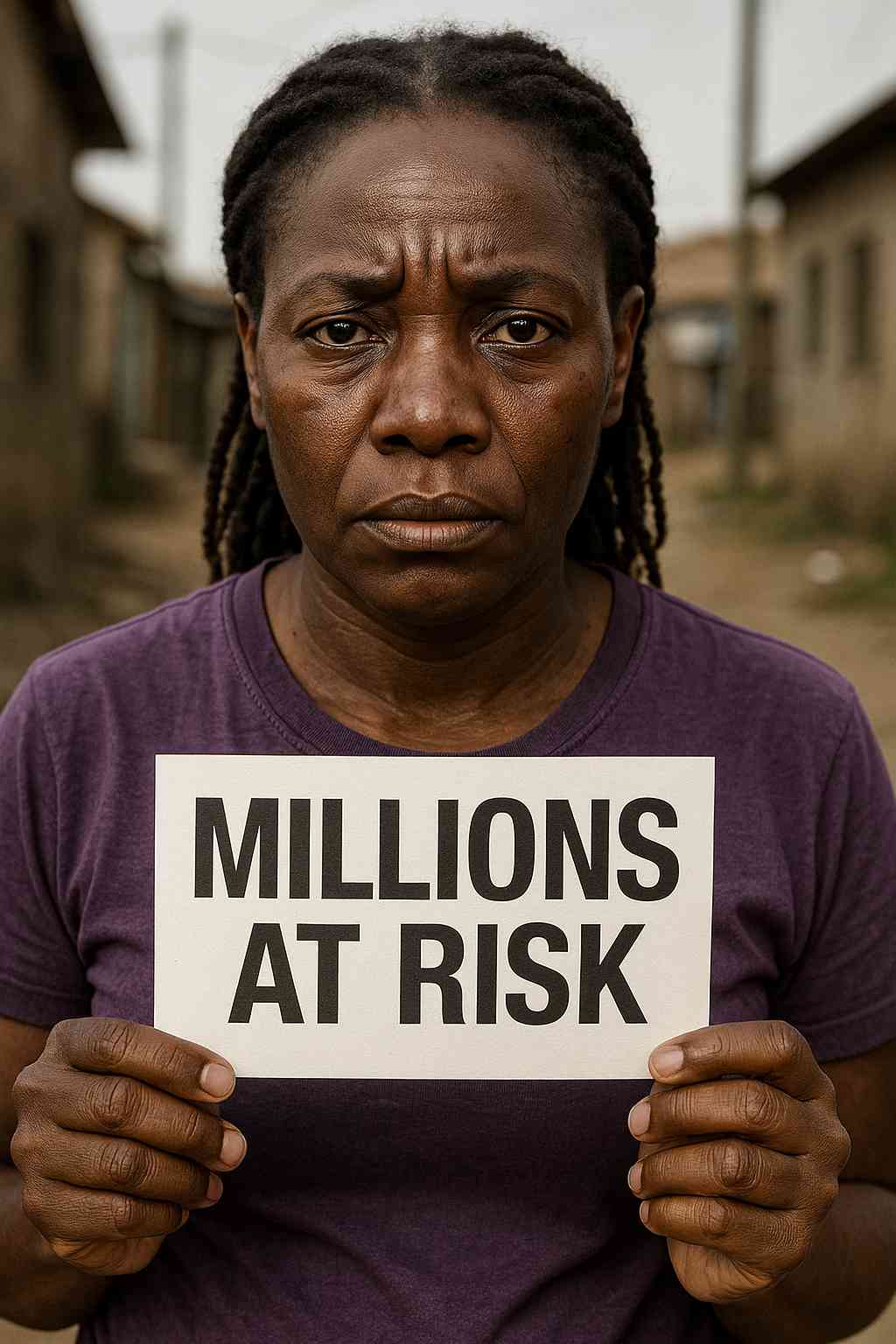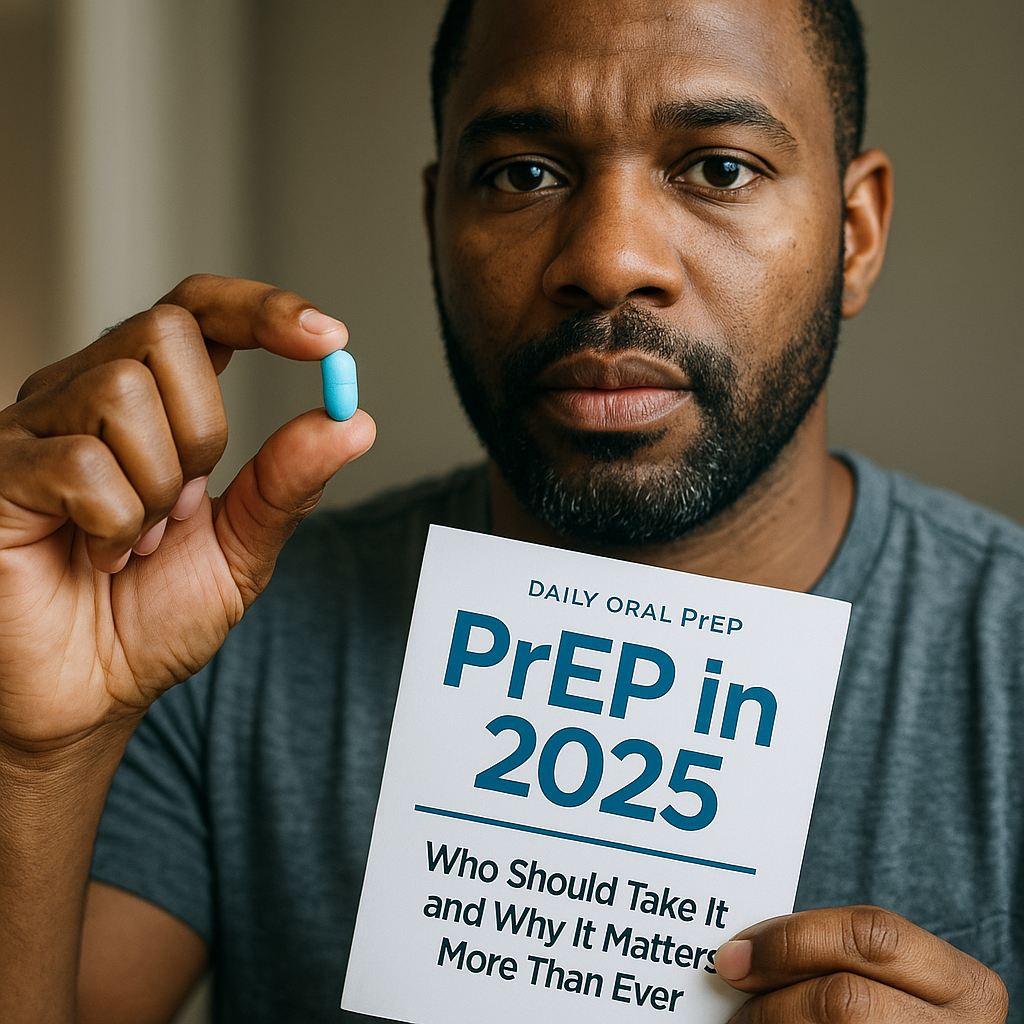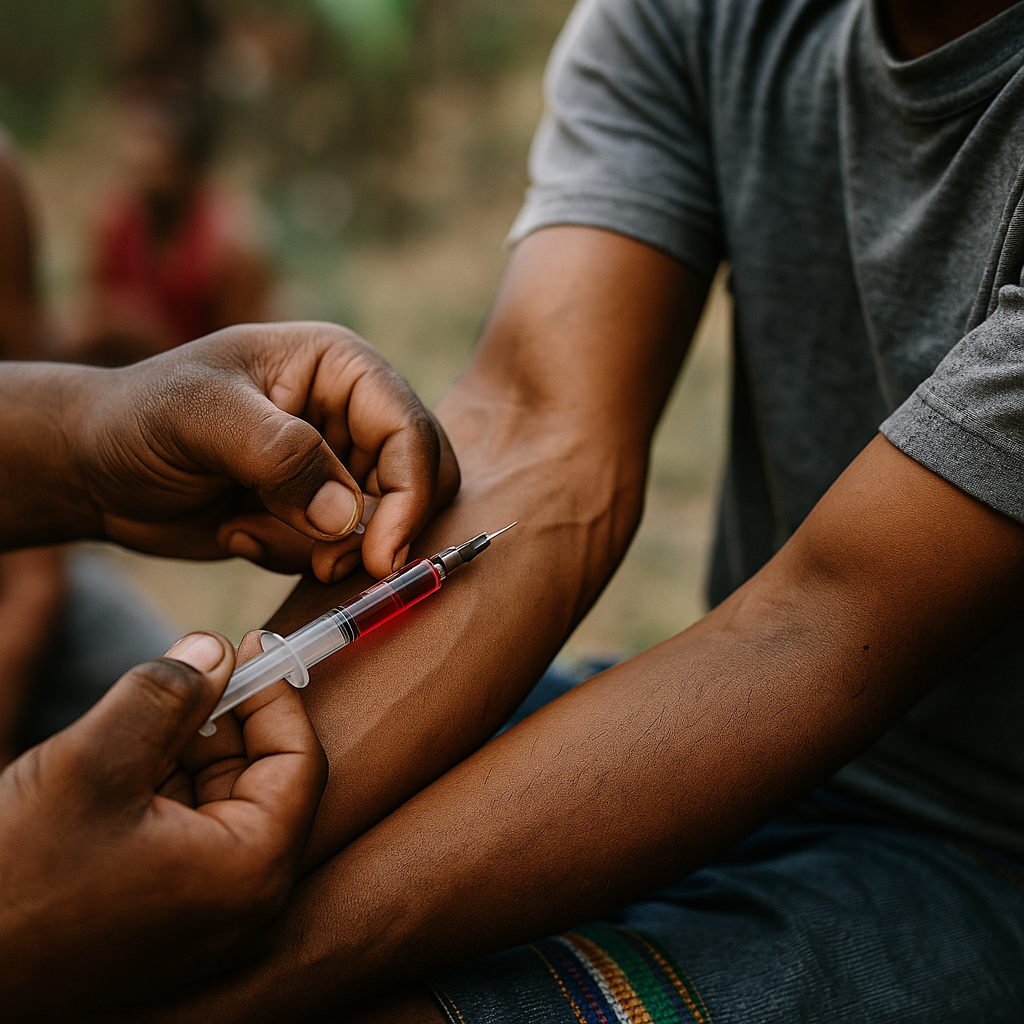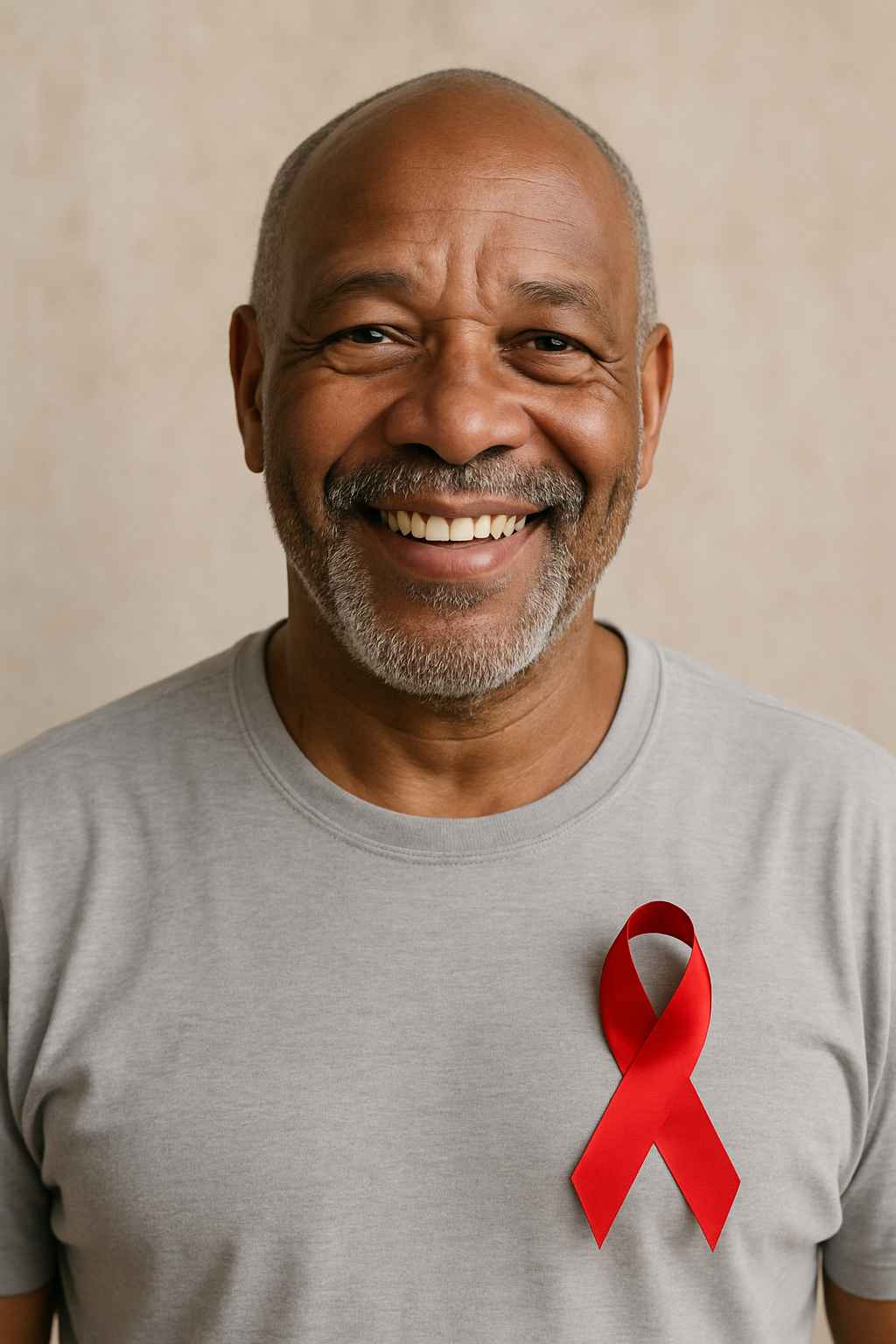Table of Contents
- Global HIV funding crisis
- Who gets hit the hardest
- How progress could reverse overnight
- What we can do next
Global HIV Funding Crisis
What happens when the world’s largest contributor to HIV programs starts pulling back? That’s the question haunting global health experts today. The United States has historically provided nearly 60% of all international HIV funding, much of it through PEPFAR, a program that has saved over 25 million lives since 2003. But recent US aid cuts threaten to unravel decades of progress in the fight against HIV.
According to UNAIDS, a looming $4 billion shortfall could emerge by 2026 due to stagnant or declining donor contributions—chiefly from the U.S. If left unaddressed, this gap could result in 6 million new HIV infections and 4 million preventable deaths by 2029. That’s not just a statistic. It’s millions of real lives at stake, from newborns in Kenya to transgender youth in Brazil.
In a time when the world is finally gaining ground—with new long-acting injectables like lenacapavir and impressive prevention rates—this financial retreat could not come at a worse moment.
Who Gets Hit the Hardest?
It’s no surprise that low- and middle-income countries feel the sharpest pain. These nations often rely heavily on foreign aid to fund HIV testing, treatment, and prevention programs. Countries like South Africa, Eswatini, and Mozambique are already reporting stockouts of antiretroviral medications and increased clinic closures.
The impact is especially devastating for high-risk populations: men who have sex with men, transgender women, sex workers, and people who inject drugs. In places where these groups are already marginalized or criminalized, losing U.S. support means losing safe access to treatment altogether.
To make matters worse, the global rise in anti-LGBTQ+ laws has intersected with these funding cuts. For example, some regions now criminalize same-sex relationships so aggressively that outreach workers fear arrest just for delivering HIV medications.
How Progress Could Reverse Overnight
We often think of progress as linear—but in global health, it’s fragile. In the past two decades, the HIV death rate has dropped by nearly 60%, thanks to massive investments in treatment access. But just as fast as progress was made, it can be lost.
South Africa, once the epicenter of the HIV epidemic, is already showing early signs of regression. As U.S. aid shrinks, clinics are turning away patients. Outreach programs are being downsized or shut down entirely. This isn’t a distant forecast—it’s happening now.
And while new drugs like lenacapavir promise hope, their rollout depends on infrastructure that is directly supported by U.S. funds. Without these systems in place, such medical advancements will remain out of reach for many.
What We Can Do Next
So, is there a path forward? Experts suggest a few critical steps.
First, reauthorization of PEPFAR is essential. Advocacy groups are calling on U.S. lawmakers to reinvest in global HIV efforts, highlighting how relatively small investments can yield immense returns in lives saved.
Second, countries must increase domestic funding for HIV programs. While international aid is vital, long-term sustainability depends on national ownership and budgeting.
Third, the global health community must stay focused on equity. Prioritizing services for marginalized groups, especially where they’re criminalized, ensures we’re protecting the most vulnerable.
If nothing changes, the setbacks will be steep. But if governments, NGOs, and individuals act urgently, there’s still time to prevent the worst-case scenario.
Conclusion
The world is at a turning point. U.S. HIV aid cuts are more than a budget line—they’re a decision that affects millions of lives. From rising infections to failing clinics, the fallout is already visible. But it’s not too late to act. Reinvestment, innovation, and a recommitment to equity can still change the story. Let’s not allow decades of hard-won progress to disappear.
FAQs
Why is U.S. HIV aid being cut?
Budget reallocation, political disagreements, and shifting priorities have stalled PEPFAR’s reauthorization, leading to reduced funding levels.
Which countries are most affected by U.S. HIV aid cuts?
Primarily sub-Saharan African countries like South Africa, Mozambique, and Zimbabwe, which heavily rely on PEPFAR and other U.S. support.
What is PEPFAR?
The President’s Emergency Plan for AIDS Relief (PEPFAR) is a U.S. initiative launched in 2003 to combat global HIV/AIDS, credited with saving over 25 million lives.
Are there alternatives to U.S. aid?
Some countries and private foundations are increasing their contributions, but no single source matches the scale of U.S. funding.
How can individuals help?
Support organizations advocating for global HIV funding, contact representatives to back PEPFAR, and donate to programs providing direct services in affected regions.
This content is not medical advice. For any health issues, always consult a healthcare professional. In an emergency, call 911 or your local emergency services.




